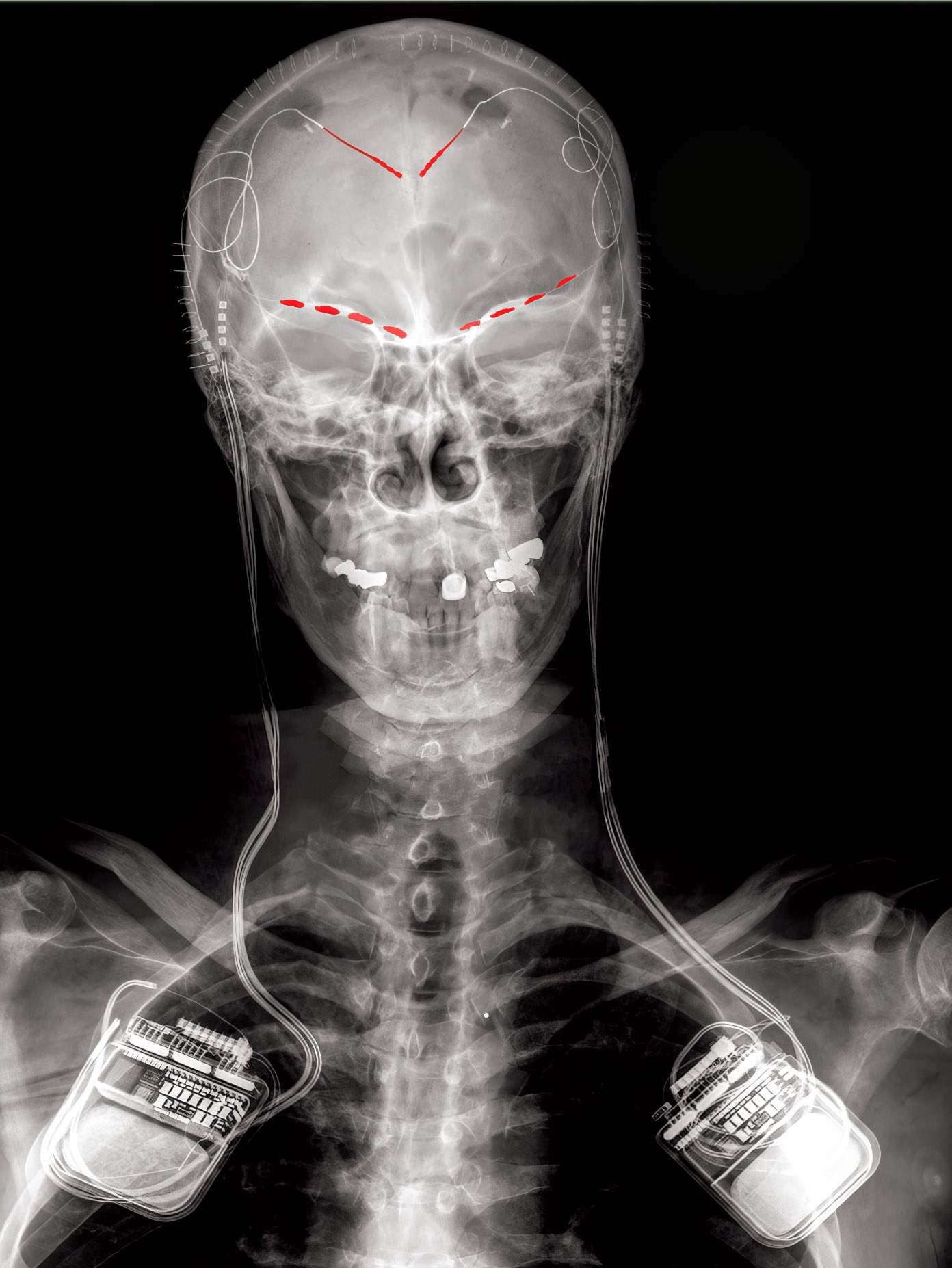Brain waves can tell us how much pain someone is in
The research could open doors for personalized brain therapies to target and treat the worst kinds of chronic pain.

Brain signals can be used to detect how much pain a person is experiencing, which could overhaul how we treat certain chronic pain conditions, a new study has suggested.
The research, published in Nature Neuroscience today, is the first time a human’s chronic-pain-related brain signals have been recorded. It could aid the development of personalized therapies for the most severe forms of pain.
Chronic pain, defined as pain that lasts for three months or more, affects up to one in five people in the US—more than diabetes, high blood pressure, or depression. It can sometimes affect people after a stroke or limb amputation. Because we still don’t really understand how it affects the brain, it’s also very difficult to treat. Quality of life can be severely affected.
Researchers from the University of California, San Francisco, implanted electrodes in the brains of four people with chronic pain. The patients then answered surveys about the severity of their pain multiple times a day over a period of three to six months. After they finished filling out each survey, they sat quietly for 30 seconds so the electrodes could record their brain activity. This helped the researchers identify biomarkers of chronic pain in the brain signal patterns, which were as unique to the individual as a fingerprint.
Next, the researchers used machine learning to model the results of the surveys. They found they could successfully predict how the patients would score the severity of their pain by examining their brain activity, says Prasad Shirvalkar, one of the study’s authors.
“The hope is that now that we know where these signals live, and now that we know what type of signals to look for, we could actually try to track them noninvasively,” he says. “As we recruit more patients, or better characterize how these signals vary between people, maybe we can use it for diagnosis.”
The researchers also found they were able to distinguish a patient’s chronic pain from acute pain deliberately inflicted using a thermal probe. The chronic-pain signals came from a different part of the brain, suggesting that it’s not just a prolonged version of acute pain, but something else entirely.
Because different people experience pain in different ways, there is no one-size-fits-all approach to tackling it, which has proved a major challenge in the past. The team hopes that mapping individuals’ biomarkers will make it possible to better target therapeutic use of electrical brain stimulation, a treatment Shirvalkar likens to turning pain on or off like a thermostat.
The findings could be a big leap in pain treatment and could be especially helpful in treating people with chronic pain who have difficulty communicating, says Ben Seymour, a professor of clinical neuroscience at the University of Oxford, who was not involved in the project.
“This opens a new door to smart pain technologies, so I think this is a really important engineering hurdle that is now crossed,” he says.
It also demonstrates the intensely personal ways in which people feel pain, and the importance to tailoring treatments to each person, adds Shirvalkar
“It’s clear that pain is so complex—and that individual people are so complex—that the only way to actually hear them and see them is to let them tell their side of the story,” he says.
Deep Dive
Biotechnology and health
The US has approved CRISPR pigs for food
Pigs whose DNA makes them resistant to a virus could be the first big consumer product using gene editing.
Bryan Johnson wants to start a new religion in which “the body is God”
The multimillionaire longevity influencer thinks his new faith could save humanity from superintelligent AI.
Game of clones: Colossal’s new wolves are cute, but are they dire?
Colossal Biosciences claims it has revived an extinct species, but scientists outside the company are skeptical.
The first US hub for experimental medical treatments is coming
Montana just passed a new bill backed by longevity enthusiasts that will enable access to drugs and therapies that are not approved by the FDA.
Stay connected
Get the latest updates from
MIT Technology Review
Discover special offers, top stories, upcoming events, and more.